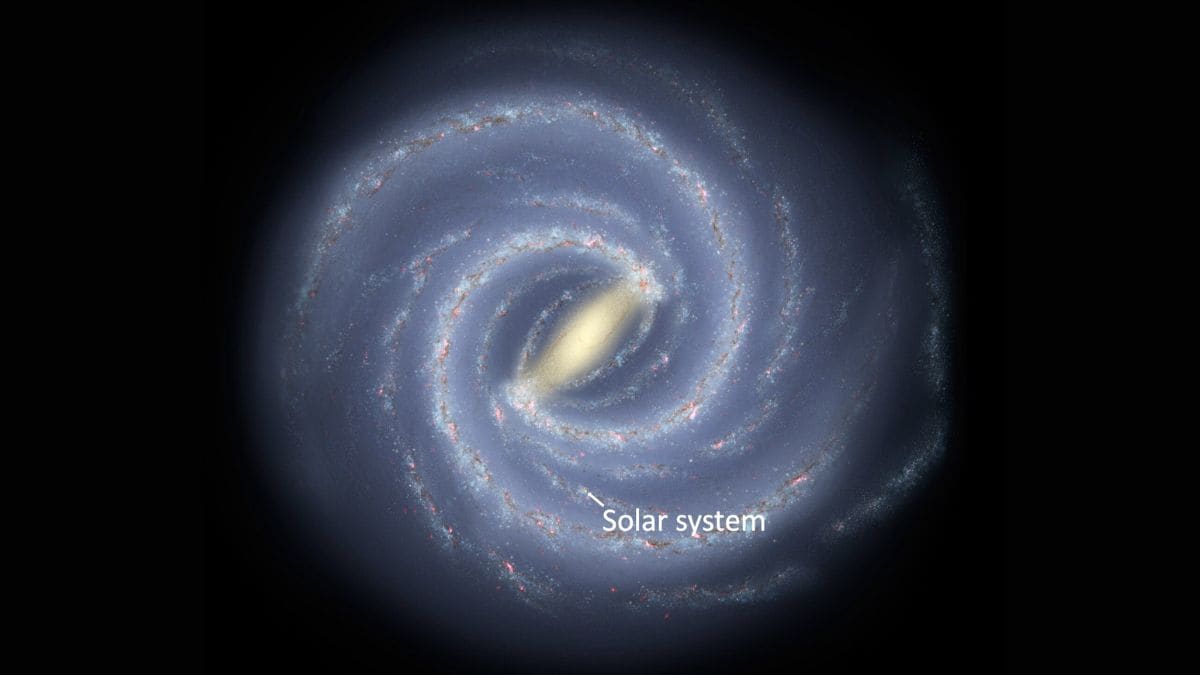A space telescope scanning the skies for gamma rays has added hundreds of new powerful dead stars to its catalog.
The addition of 294 previously unidentified stars means that the Fermi catalog of gamma-ray pulsars now contains more than 340 objects – a significant step up since the Fermi Large Area Telescope started observing in 2008, when there were fewer than 10 known such pulsars.
The newly released Third Fermi Large Area Telescope Catalog of Gamma-Ray Pulsars is a real treasure trove of information that will help us understand these enigmatic objects.
“Pulsars touch on a wide range of astrophysics research, from cosmic rays and stellar evolution to the search for gravitational waves and dark matter,” says astrophysicist David Smith of the Bordeaux Astrophysics Laboratory, which is part of the French National Center for Scientific Research (CNRS).
“This new catalog compiles full information on all known gamma-ray pulsars in an effort to promote new avenues of exploration.”
Pulsars are among the most extreme objects in the Universe. They’re a subcategory of neutron stars, which are themselves the collapsed cores of massive stars that are not quite massive enough to collapse into a black hole.
The difference between a normal neutron star and a pulsar is, well, the pulsing. Pulsars beam powerful jets of radiation from their poles, like a spotlight blasting through space.
The other thing that pulsars do is spin, often incredibly fast. And we’re talking, like, wicked fast. Known as millisecond pulsars (MSPs), a number of these stars can complete a single rotation within 10 milliseconds.
The fastest known pulsar rotates 716 times per second in fact. Here’s a bunch of pulsar pulses transcribed into sound, for an idea of what that means.
frameborder=”0″ allow=”accelerometer; autoplay; clipboard-write; encrypted-media; gyroscope; picture-in-picture; web-share” allowfullscreen>
As they spin, these beams can sweep past Earth, in the manner of a cosmic lighthouse.
We know of around 3,400 pulsars. For most of those, the beams of radiation fall into radio wavelengths. But a small number of pulsars can spit out the most powerful known radiation in the Universe – gamma rays. Gamma-ray pulsars accelerate particles to extremely high energies in their powerful magnetic fields, resulting in bursts of powerful, invisible light.
According to the new catalog, around 10 percent of known pulsars are now gamma-ray emitters. Although what we are able to detect may be subject to some selection bias – the limitations of our technology, for example – this is a significant enough sample to tease out what makes a pulsar a gamma emitter, compared to the radio population.
And there are other uses for the new population, too. Pulsars are often extremely precise in their timings, especially those with rotation rates on millisecond scales, 144 of which are included in the catalog. This means that they can be used for applications like space navigation, which is important as more missions take to the stars.
We can also use them to detect gravitational waves, based on anomalies in the timing of the signals. These can suggest expansions and contractions of space-time that occur when a gravitational wave from a massive event rolls through. And we can use them to conduct tests of relativity.
frameborder=”0″ allow=”accelerometer; autoplay; clipboard-write; encrypted-media; gyroscope; picture-in-picture; web-share” allowfullscreen>
“Before Fermi, we didn’t know if MSPs would be visible at high energies, but it turns out they mostly radiate in gamma rays and now make up fully half of our catalog,” says astronomer Lucas Guillemot of the Laboratory of Physics and Chemistry of the Environment and Space and the University of Orleans in France.
And a good number of the new pulsars – some 45 – are ‘spider’ pulsars, in which the pulsar slurps material from a binary companion star.
“Spider pulsars are named after arachnids that eat their smaller mates,” says astronomer Megan DeCesar of George Mason University and the US Naval Research Laboratory.
“Something similar can happen when a neutron star and its binary companion are very close to each other and the MSP “recycling” process gets a little carried away. The intense radiation and particle wind from the pulsar eats away at the surface of the other star, resulting in a puffball of evaporated material.”
The researchers believe that Fermi isn’t done yet. Another 100 gamma-ray pulsars is within the realm of possibility; a few more tens are likely.
“More than 15 years after its launch,” says astronomer Elizabeth Hays of NASA’s Goddard Space Flight Center, “Fermi remains an incredible discovery machine, and pulsars and their neutron star kin are leading the way.”
The catalog has been published in The Astrophysical Journal.





